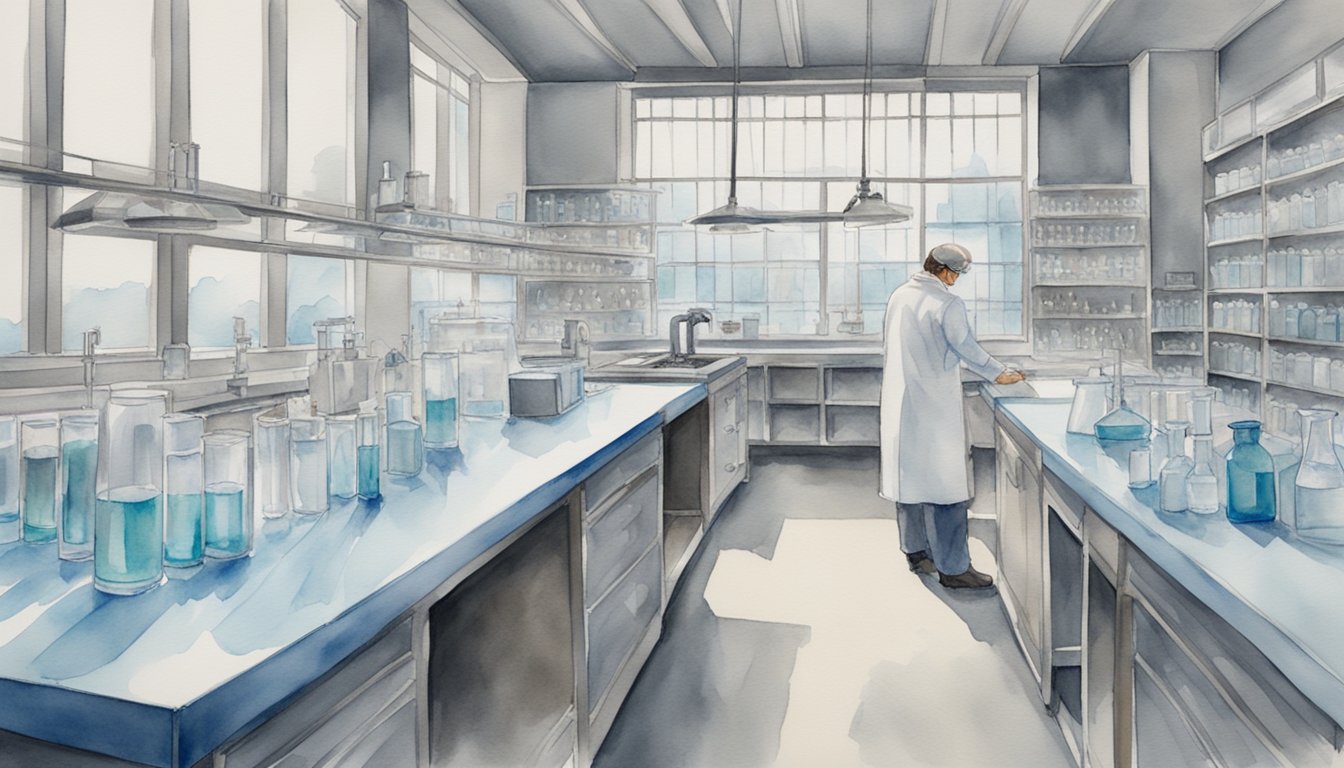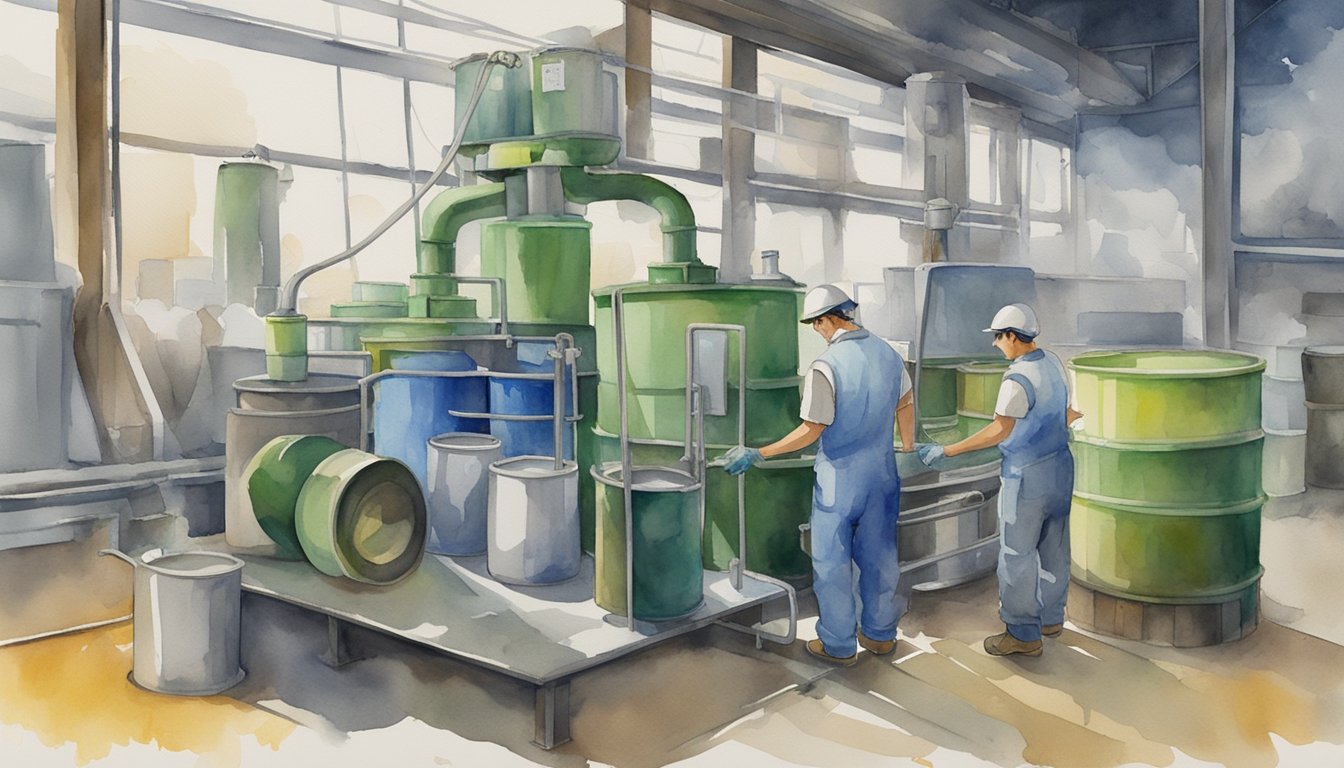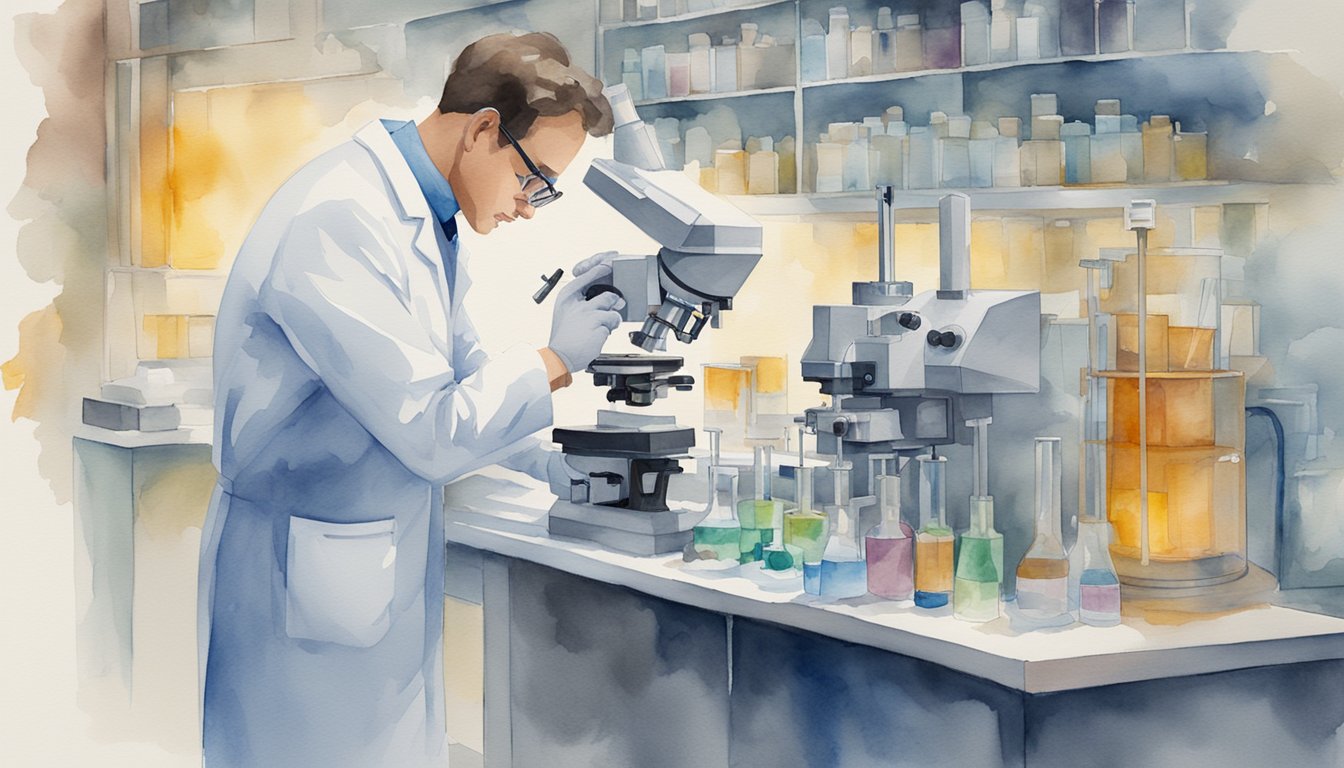Universities have undertaken projects that demonstrate LC-MS's versatility in health and medical research. In biological research, it offers the right tools for scientists to quantify proteins and metabolites accurately, leading to findings for disease prevention and new treatments. Researchers have created pharmaceutical developments in clinical studies where teams have successfully isolated complex drugs to observe their efficacy, leading to improved therapeutic monitoring and safer production markets. Advancements in both targeted and un-targeted metabolomics research involving plant samples highlights the process of identifying metabolite profiles using unique LC-MS acquisition modes. These studies emphasize large dataset creation and signal identification, helping to unravel complex chemistry and fostering new sciences.
University Resources and Support
Universities provide needed support and resources for researchers by offering funding and grants for projects aimed at using LC-MS. Universities often have dedicated metabolomics cores or facilities that house advanced instruments like the Metabolomics Core at Penn Medicine. Trained staff and dedicated support teams assist researchers in setting up experiments, operating instruments, and troubleshooting issues. Colleges also provide educational workshops and training programs to make LC-MS careers a possibility. Many share their lectures and research papers online for free, allowing open access to their materials.
Internal funds and donated equipment often make the development of emerging technologies and exploratory research come to fruition. Students can apply for collaborative grants encouraging partnership between departments while establishing strong industry connections. Companies interested in specific fields and organizations, like the National Institutes of Health (NIH) and the National Science Foundation (NSF), create a mutual benefit with universities and their research by providing financing for projects and equipment purchases, operational costs, and staffing needs.
University Research and Case Studies
LC-MS has been central to numerous impactful university projects. In recent years, LC-MS has greatly advanced research in both academic settings and with cross-disciplinary applications to rapidly evaluate supply chains for health benefits. One study developed a universal LC-MS/MS method to detect antibiotic residues in food and water sources, providing valuable data for both nutritionists and food scientists. Another advancement involves the quantification of food allergens using LC-MS-based methods. Researchers validated a one-sample multipoint external calibration curve, which simplifies the labor-intensive process of measuring allergen levels. Cross-disciplinary studies have been used to screen antioxidants in food products with oxidative stress contributing to pathological processes linked to cardiovascular and neurodegenerative diseases. This could significantly impact food safety regulation in the future to further protect public health.
Applications in Biological Research
Liquid chromatography-mass spectrometry (LC-MS) makes an impact in biological research areas such as metabolite profiling, proteomics, and pharmacokinetics. In method development, laboratories often focus on creating protocols to reliably identify metabolites and other compounds within complex matrices for pharmaceuticals and biology. This involves establishing quantitative measurement for better precision, selectivity, and sensitivity by tracking specific precursor-product ion transitions. A common technique for these purposes is tandem mass spectrometry (MS/MS), which combines multiple methods with a mass analyzer. Multiple Reaction Monitoring (MRM) is particularly valuable for its capacity to accurately quantify target analytes while minimizing interference from other compounds.
Metabolic Profiling
LC-MS offers a wide array of compatibility for different chromatography columns that make it an ideal choice for metabolomics. With high throughput, soft ionization, and no need for derivatization or volatilization better suited for methods like gas chromatography (GC), liquid chromatography with mass spectrometry offers a broad range of applications for metabolic profiling biological samples. By analyzing a variety of molecules in blood, tissue, and urine, unknown metabolites can be discovered along with their interactions within the body, paving the way for new drug developments, pharmaceuticals, and disease diagnosis.
Pharmacokinetics and Drug Metabolism
LC-MS can track drug concentrations and the four stages of pharmacokinetics (ADME): absorption, distribution, metabolism, and excretion. With routine LC-MS testing, these values can uncover drug efficacy, abundance in the body, and degradation over time. With the ability to make quick analyses, several tests can target several simulating effects needed to understand metabolic pathways, proteomics, and how to regulate safe medication doses with especially narrow therapeutic windows.
Proteomics and Biomarker Discovery
Proteomics requires navigating the complicated analysis of proteins to further understand amino acids and their composition. This is especially beneficial for observing the structural functions of hormones, enzymes, and neurotransmitters in the biochemical synthesis of peptides. Bioactive peptides can be used to regulate blood pressure and monitor anti-microbial, anti-inflammatory, and anti-thrombotic properties. Proteins are often used as a tool for identifying biomarkers, which can save patient lives with disease discovery, early diagnoses, and the development of new therapies. Techniques like nano-flow LC-MS/MS use extremely slow rates with small column diameters to improve the sensitivity needed to quantify thousands of proteins effectively.
Emerging Trends and Future Directions
The world of LC-MS is evolving rapidly, characterized by technological advancements and new interdisciplinary uses. One significant trend in LC-MS technology is the enhancement of sensitivity and selectivity. New models can detect compounds at lower concentrations needed for identifying trace compounds in complex samples. Instruments now feature faster data processing, improving laboratory efficiency. Additionally, coupling techniques like UHPLC-QTOF MS and LC-LTQ-Orbitrap MS are expanding the scope of compound analysis, aiding research with uncovering hundreds of analytes simultaneously. The focus on automation and integration with software tools is also increasing, simplifying the data analysis process for researchers.
LC-MS is being increasingly used beyond traditional applications in chemistry and biology. In the food industry, it helps identify contaminants and residues. In medical research, LC-MS is crucial for metabolomics and the study of biomarkers, aiding in drug discovery and development. Environmental studies benefit from the technology's ability to track pollutants and analyze organic compounds. These diverse applications highlight the growing interest among university researchers to integrate LC-MS into various scientific fields, demonstrating its important role in advancing interdisciplinary research efforts.
Future of LC-MS in Scientific Research
The future of LC-MS in research looks promising, with continued enhancements in technology and applications. Researchers anticipate further improvements in miniaturization and portability, making devices more accessible for on-site analysis. The integration with molecular mapping strategies will likely drive advancements in understanding complex biological systems. There is also a growing interest in using artificial intelligence and machine learning to interpret LC-MS data more efficiently, potentially transforming how compounds are identified and studied. This ongoing evolution ensures LC-MS remains a cornerstone of scientific investigation across numerous disciplines.
References:
[1] Bian, Y., Zheng, R., Bayer, F. P., Wong, C., Chang, Y., Meng, C., Zolg, D. P., Reinecke, M., Zecha, J., Wiechmann, S., Heinzlmeir, S., Scherr, J., Hemmer, B., Baynham, M., Gingras, A., Boychenko, O., & Kuster, B. (2020). Robust, reproducible and quantitative analysis of thousands of proteomes by micro-flow LC–MS/MS. Nature Communications, 11(1). https://doi.org/10.1038/s41467-019-13973-x
[2] Chan, C., Wai, H. K., Wu, P., Lai, S., Chan, O. S., & Tun, H. M. (2022). A universal LC-MS/MS method for simultaneous detection of antibiotic residues in animal and environmental samples. Antibiotics, 11(7), 845. https://doi.org/10.3390/antibiotics11070845
[3] Gaspar, V. P., Ibrahim, S., Zahedi, R. P., & Borchers, C. H. (2021). Utility, promise, and limitations of liquid chromatography‐mass spectrometry‐based therapeutic drug monitoring in precision medicine. Journal of Mass Spectrometry, 56(11). https://doi.org/10.1002/jms.4788
[4] Furlani, I. L., Da Cruz Nunes, E., Canuto, G. a. B., Macedo, A. N., & Oliveira, R. V. (2021). Liquid Chromatography-Mass Spectrometry for Clinical Metabolomics: An Overview. In Advances in experimental medicine and biology (pp. 179–213). https://doi.org/10.1007/978-3-030-77252-9_10
[5] Jin, Y., Ma, Y., Xie, W., Hou, L., Xu, H., Zhang, K., Zhang, L., & Du, Y. (2018). UHPLC-Q-TOF-MS/MS-oriented characteristic components dataset and multivariate statistical techniques for the holistic quality control of Usnea. RSC Advances, 8(28), 15487–15500. https://doi.org/10.1039/c8ra00081f
[6] Montoro, P., D’Urso, G., Kowalczyk, A., & Tuberoso, C. I. G. (2021). LC-ESI/LTQ-Orbitrap-MS Based Metabolomics in Evaluation of Bitter Taste of Arbutus unedo Honey. Molecules, 26(9), 2765. https://doi.org/10.3390/molecules26092765
[7] Smith, B. J., & Martins-De-Souza, D. (2021). Biological applications for LC-MS-Based proteomics. In Advances in experimental medicine and biology (pp. 17–29). https://doi.org/10.1007/978-3-030-77252-9_2
[8] Yang, S., Lin, H., Yang, P., Meng, J., Abdallah, M. F., Shencheng, Y., Li, R., Li, J., Liu, S., Li, Q., Lu, P., Zhang, R., & Li, Y. (2024). Advancing High-Throughput MS-Based Protein Quantification: A case study on quantifying 10 major food allergens by LC-MS/MS using a One-Sample multipoint external calibration curve. Journal of Agricultural and Food Chemistry, 72(12), 6625–6637.https://doi.org/10.1021/acs.jafc.3c08362













